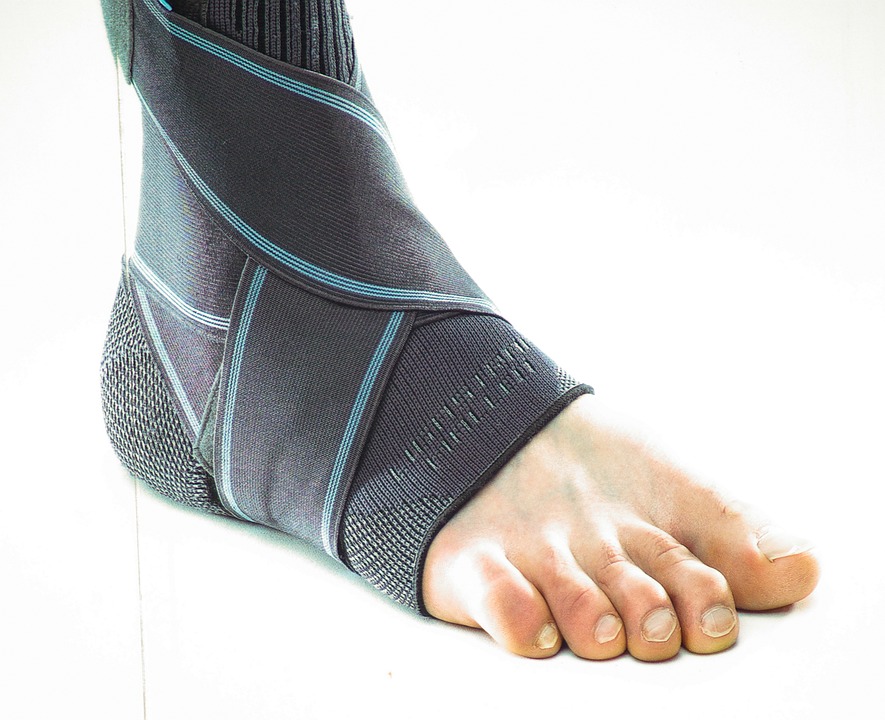Heel bursitis, or calcaneal bursitis, is an inflammation of the retrocalcaneal serous bursa (which are located in the back or lower part of the heel). These fill with liquid that will thicken and exert pressure on the area and cause pain. A serous bursa is a small pouch made of connective tissue and containing synovial fluid. It therefore plays a role as a lubricant.
Bursitis is also known as hygroma.
There are different types of bursitis:
Physical: when caused by excessive overload or friction of surrounding structures
Septic: when caused by bacteria
Chemical: when caused by substances derived from inflammatory tendon processes
Hemorrhagic: when they occur after a trauma (which fills the purse with blood)
Some will be acute and will suddenly appear, others may be chronic. If the pain persists for several days, it is strongly recommended to consult a doctor.
Main causes
The main causes of bursitis are trauma. Athletes who run a lot (such as football players, marathon runners, rugby players, runners…) can be affected by this disorder because of the continuous friction of their tendons and the repetitive movements related to their practice.
The hardness of the ground or a change of shoes can also cause the heel to work differently and cause bursitis due to an overload in the Achilles tendon. Rheumatic diseases such as gout, collagen or rheumatoid arthritis can cause bursitis.
The symptoms
Bursitis is manifested by pain when walking and ankle movements (including stretching). The pain can be unbearable, it is usually located on the back and upper part of the heel. In post-traumatic cases, pain can be felt even when lying down.
The treatment
Only a muscoloskeletal ultrasound can detect bursitis. In most cases, bursitis is resolved spontaneously in a few days or even weeks by resting and applying an ice pack to reduce inflammation. Anti-inflammatory medication may be recommended by your doctor. In case of overload or if the cause is due to the friction of the purse against the shoe, the disorder can last several months.
In order to avoid bursitis, it is best to avoid repetitive gestures or prolonged stations in the same position.
